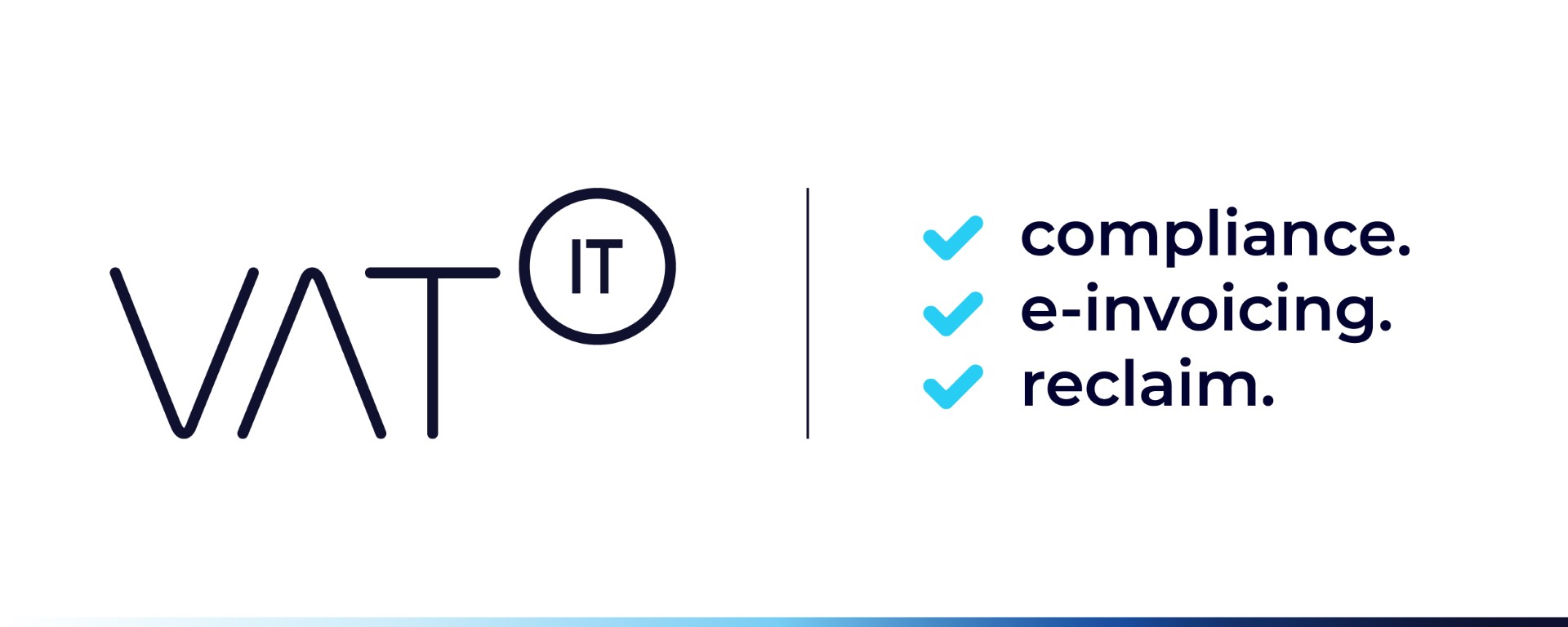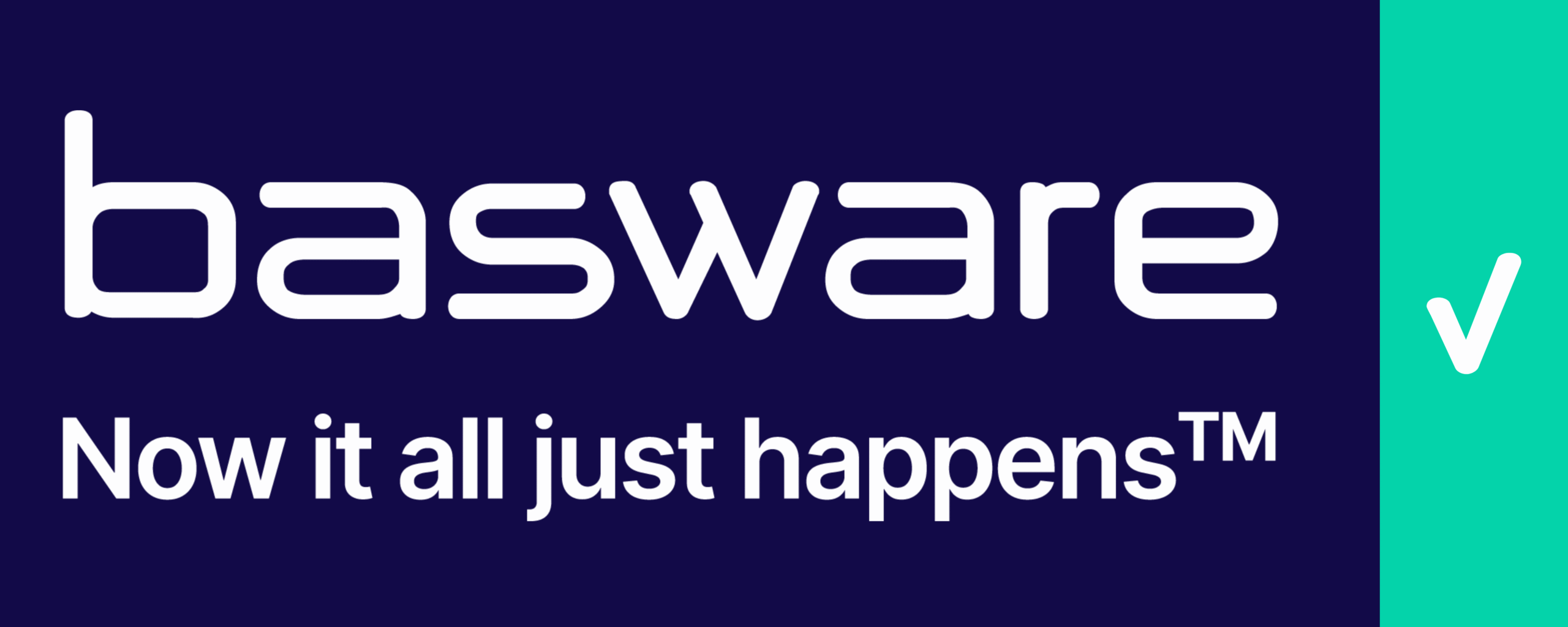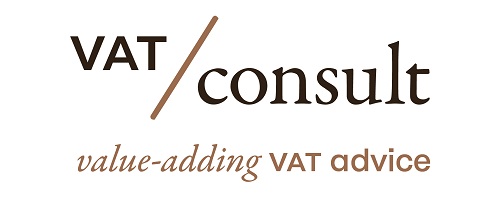What is the Reverse Charge mechanism?
The reverse charge mechanism is an indirect tax concept that shifts the responsibility for paying value-added tax (VAT) or goods and services tax (GST) from the supplier to the buyer. The reverse charge mechanism applies only to transactions between businesses for goods and services and may apply to either domestic or cross-border transactions.
- How does the EU’s Reverse Charge mechanism work?
- Increased compliance burden
- Increased VAT fraud risk
- Examples of the EU Reverse Charge mechanism in practice
- What else should I know about the Reverse Charge?
- Miscoding accounts payable
- Excessive citations on invoices
- Domestic reverse charge
- Why is Reverse Charge beneficial?
Source: www.fonoa.com
Click on the logo to visit the website
Latest Posts in "European Union"
- General Court T-643/24 (Credidam) – AG Opinion – Unauthorized use of copyrighted works incurs VAT on fees
- General Court T-646/24 (MS KLJUCAROVCI) – Judgment – Triangular transactions can qualify for VAT simplifications despite delivery variations
- Comments on GC T-657/24: VAT exemption for credit intermediation applies when the intermediary searches for and recruits customers
- Briefing documents & Podcasts: VAT concepts explained through ECJ/CJEU cases on Spotify
- ECJ on the relevant sale for determining the transaction value of goods















